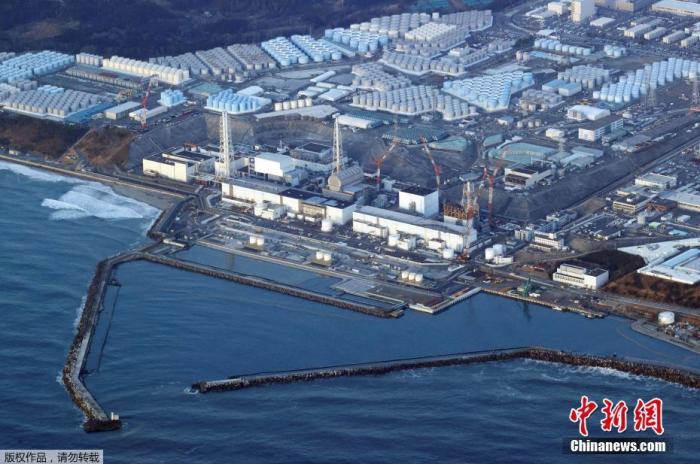China News Service, March 22. According to comprehensive Japanese media reports, around the issue of nuclear sewage discharge from the Fukushima Daiichi Nuclear Power Plant of Tokyo Electric Power Company, from 21 to 25, the International Atomic Energy Agency (IAEA) investigation team will verify the Japan Atomic Energy Regulatory Commission. Review methodology and progress on the discharge of nuclear sewage to the sea.
Data map: Japan's Fukushima Daiichi nuclear power plant.
According to the report, as of the 25th, the IAEA will confirm the review data and understand the situation with the staff of the Japan Atomic Energy Regulatory Commission, and will summarize the report in the future.
Caruso, head of IAEA's nuclear safety affairs, said in a speech: "It will be based on science to verify whether the regulatory committee's review meets the IAEA's safety standards."
In February 2022, the IAEA also visited Japan, during which it listened to the details of the nuclear sewage discharge plan introduced by the leaders of the Ministry of Economy, Trade and Industry and TEPCO, and inspected the nuclear sewage treatment equipment at the Fukushima nuclear power plant site, and extracted it from the water storage tank. Nuclear sewage was used for analysis.
The Japanese government decided in April 2021 that the Fukushima nuclear sewage will be discharged into the sea after being filtered and diluted, and the discharge will be started around the spring of 2023, and the international community has expressed concern.
In order to improve the so-called international transparency, the Ministry of Economy, Trade and Industry of Japan and the IAEA have reached a consensus that the IAEA will assess the safety of the emission steps and the impact on the environment, and will compile an interim report in 2022.

